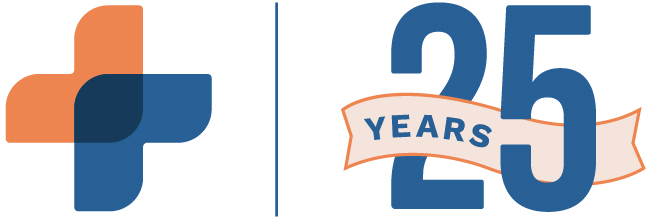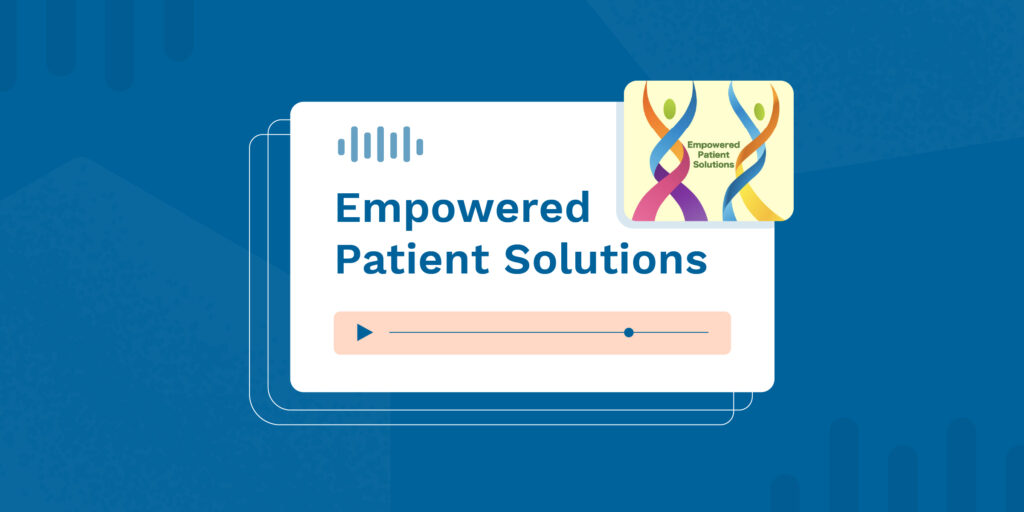Medical billing presents several challenges that can affect the financial health of your practice. There are claims to submit, bills to send, reimbursements to reconcile, and insurance coverage to verify.
Inaccuracy or delays in any of these tasks can produce a domino effect, resulting in slow payments (or no payments at all) and disgruntled patients. However, it doesn’t have to feel like you’re always playing catch-up. With the right strategies in place, you can improve your revenue cycle management for a more financially sound business.
1. The Hard and Soft Costs of Payment Delays
Payment delays can be one of the most significant revenue management challenges affecting your healthcare practice. In fact, 56% of Americans delay their medical payments at least some of the time. This trend is particularly high among millennial patients—patients cite high deductibles, confusion about insurance coverage, and uncertainty about their payment responsibility as the most common reasons for delays. And recent employment figures and the resulting loss of healthcare plans only add to the concern.
Insurance carriers may also be slow to pay providers or will deny payment altogether. Lack of coverage for treatments, medical coding errors, and patient information inaccuracies all contribute to this problem.
Whether the delays are on the part of the patient, the insurance company, or the healthcare provider, outstanding balances can certainly have an impact on your practice’s cash flow. Payment delays result in both hard and soft costs such as:
- Reduced cash flows
- Lower accounts receivable turnover ratios
- Poor revenue cycle management
- Lower patient engagement and satisfaction
- Healthcare service delays for the patient
- Audits and fines
- Wasted resources
- Higher patient attrition
- Higher collections totals
In an age where 97% of medical practices have reported a drop in patient volume due to COVID-19, timely payments can reduce the financial stress on your practice and increase consistency.
2. Inaccurate Patient Information Hurts Billing and Collection
Inaccurate and incomplete patient information presents a significant obstacle for on-time payments. Errors can include everything from an incorrect birthdate to outdated insurance information. Consistently capturing accurate information at patient registration, and keeping that information updated, is critical to billing and collection.
Manual processes increase opportunities for human error. Simple mistakes such as typos or copying and pasting the wrong data can result in claim denials and unhappy patients. Proper documentation and “clean claims” not only result in cash flowing into the practice more quickly, but also helps prevent the sticker shock of larger-than-expected medical bills for patients.
Patient scheduling and practice management tools capture patient information in one convenient location. This information serves as a single source of truth for verifying insurance coverage, billing services, and collecting payment. And automated intake forms—which can be electronically distributed, returned, and added to patient records—ensure the greatest accuracy and relevant patient information.
3. Helping Patients Understand What They Owe (And Why)
Patients have taken on greater financial responsibility for healthcare services as insurance coverage decreases and healthcare costs rise. Notably, enrollment in high deductible healthcare plans increased from 20% in 2014 to 30% in 2019. As a result, many patients are confused about their growing out-of-pocket expenses. However, patients are exhibiting more consumerist behavior when it comes to healthcare costs; for example, looking up the cost of care online or asking their doctor about cheaper diagnostic and treatment alternatives. Ongoing attempts to pass legislation requiring healthcare pricing disclosure are driving increased interest and focus on this issue. For example, the Transparency Rule that takes effect on January 1, 2021, requires U.S. hospitals to provide clear, accessible pricing information online about the items and services they provide.
Providing patients with an estimate of the cost and a breakdown of services rendered and payment owed can help ensure more timely and complete payments and improves patient experience. It is not uncommon for patients to overlook their deductible, to assume their insurance covers more than it does, or to misunderstand out-of-network policies, policy caps, co-pays, and benefit limits. Patient communication can help patients better understand costs and improve both their healthcare financial literacy and their reaction to a high medical bill.
Clear patient statements serve as a key part of any patient financial responsibility communication plan. For example, online patient bill pay can simplify patient payment by providing a full breakdown of services, their outstanding balance, and the ability to pay from anywhere, which can also increase patient satisfaction.
4. Lightening the Workload That Impedes Payment
Inaccurate ICD and CPT billing codes result in denied or rejected claims and delayed payments. These errors come in many forms, from clerical mistakes to mismatched procedural and diagnosis codes. And as billing codes change and expand, users need to ensure their resources are up-to-date to ensure smooth processing and payment. Technology can help here, particularly if your Electronic Health Records or billing software include regular billing code updates and claims scrubbing.
Medical practices produce and handle large amounts of data, which pass through practice management systems, clearinghouses, and payers. Ongoing training and education help increase billing accuracy and claims management, but office staff must have accurate data to work with from the beginning. Practice staff must navigate new telehealth billing codes and guidelines for multiple payers or feel the impact of rejected claims and sluggish revenue cycle performance.
How Can Medical Practice Management Software Help?
Medical billing software—with up-to-date ICD-10 and CPT codes—enables practitioners to create unambiguous claims and facilitate faster insurance payments with fewer snags and delays. And comprehensive reporting also helps healthcare providers monitor and improve revenue cycle management with greater clarity and precision.
If accurate medical billing codes, inaccurate patient information, and payment delays are weighing down your practice, let RXNT shoulder the burden. Our Practice Management software optimizes and simplifies your operations for efficiency and profitability.





